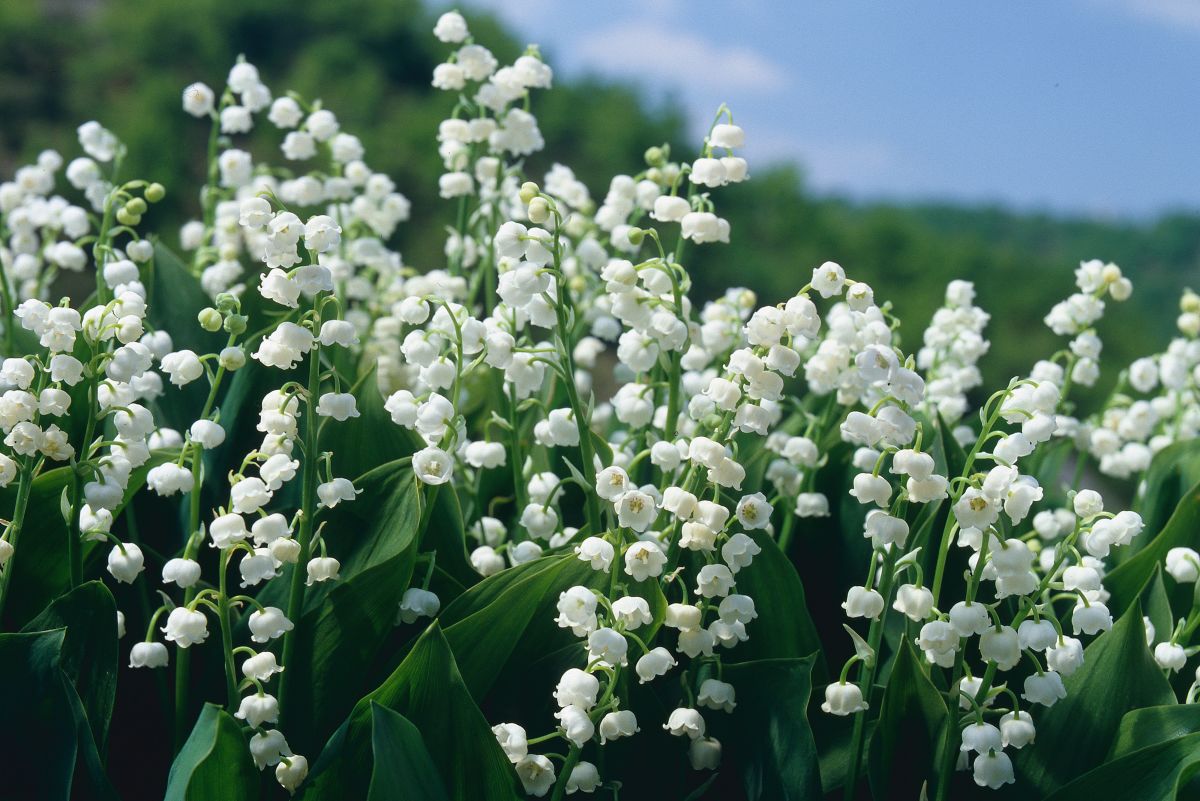journalofserviceclimatology.org – Lily of the valley, with its sweetly scented, bell-shaped flowers, is a familiar and beloved plant in many gardens and woodlands. However, beneath its charming appearance lies a deadly secret: it is highly poisonous. This article explores the characteristics, toxicity, and historical uses of this intriguing plant.
Description and Habitat
Lily of the valley, scientifically known as Convallaria majalis, is a herbaceous perennial plant native to the cool temperate regions of the Northern Hemisphere, including Asia, Europe, and North America. It thrives in shaded areas and is known for forming extensive colonies through underground stems called rhizomes. The plant produces sprays of pendent, bell-shaped white flowers in late spring, which are often referred to as “May bells”.
Toxicity
The primary reason for lily of the valley’s danger lies in its concentration of cardiac glycosides, specifically cardenolides. These compounds can be highly toxic to humans and animals if ingested. Symptoms of poisoning can include nausea, vomiting, diarrhea, and in severe cases, cardiac arrest.
Historical and Cultural Significance
Despite its toxicity, lily of the valley has been used in various cultural and medicinal contexts. In pre-modern England, it was known as “glovewort” due to its use in creating a salve for sore hands. It has also been associated with various legends and folklore, such as being discovered by Apollo, which has contributed to its historical significance.
Modern Uses and Precautions
Today, lily of the valley is primarily cultivated for its ornamental value and its scent, which is used in perfumery. However, it is crucial to handle this plant with caution, especially around children and pets, to prevent accidental ingestion.
Conclusion
Lily of the valley, with its enchanting appearance and deadly secret, serves as a reminder of the dual nature of beauty and danger in the natural world. While it offers aesthetic and cultural value, its toxicity underscores the importance of awareness and caution when dealing with potentially harmful plants.
By understanding the characteristics and risks associated with lily of the valley, we can appreciate its beauty from a safe distance, ensuring that its allure remains a source of wonder rather than harm.
